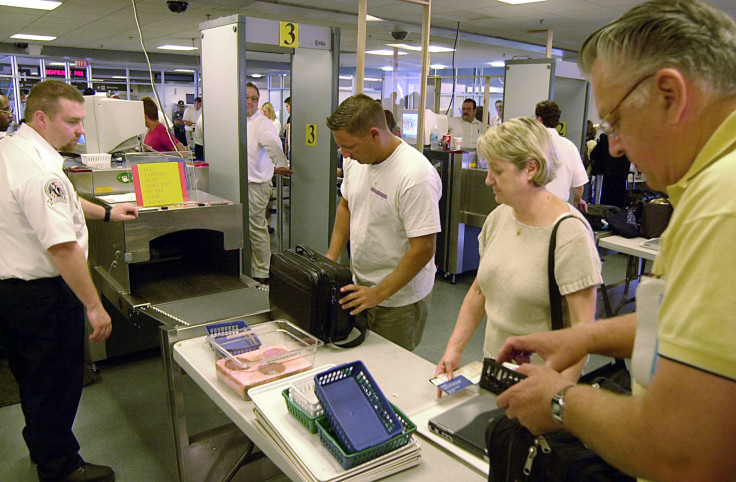Memorial Day Weekend Travel: Tips To Reduce TSA Lines, Airport Security Wait Times

For millions of Americans, the three-day Memorial Day weekend is the perfect opportunity to visit relatives or just get away. But if most of that extra day is spent waiting in line at a TSA checkpoint, the trip might not be worth the trouble.
Airports across the United States are bracing for one of the busiest travel weekends of the year, which comes at the start of what is expected to be a record-breaking summer for travel thanks to lower airfares and the low price of gasoline.
"We are concerned for this weekend, where we'll see higher than normal flight loads," Ross Feinstein, a spokesman for American Airlines Group, told the Chicago Tribune. "That will just continue into June and pretty much all the way to September."
The high volume is sure to put a strain on Transportation Security Administration screeners in airports, who are already struggling with understaffing in airports all over the U.S. The head of the TSA told Congress that the agency must find a way to efficiently deal with the high volume expected in airports this summer.
All of that means longer lines and more waiting before you can catch your flight. While TSA screening is unavoidable, here are some tips to make the experiences a bit more tolerable:
1. Pre-Check
The most proactive thing prospective travelers can do to shorten the wait at security checkpoints is to apply for the TSA's Pre-Check expedited security screening program for domestic flights in the U.S. Eligible travelers in the program are given a "Known Traveler Number" to use when booking flights, which allows airlines to mark their boarding pass to allow them into special expedited lines. The benefits of those lines include being able to keep belts, light jackets and shoes on in the security line, being able to keep laptops in bags and not needing to remove bags of liquids for inspection. The TSA's website has a list of 160 participating airports and 12 participating airlines.
2. Know the Rules
The easiest way to avoid delays and unwelcome inspection from TSA agents is to know the security screening rules and abide by them. One of the most important is the "3-1-1" rule for liquids. The rule mandates that no containers of liquids, aerosols, gels, creams and pastes in your carry-on bag can exceed 3.4 ounces (100 ml) and that all of those containers must be able to fit in one quart-sized, resealable bag. Any additional containers or containers larger than 3.4 ounces must be stored in checked baggage.
Follow the 3-1-1 rule for carry-ons. pic.twitter.com/J75BLEhm9v
— Air China (@AirChinaNA) April 5, 2016
Additionally, travelers should be aware of which items are acceptable to bring through security on their person or in carry-on luggage and which are prohibited. For example, it is fine to bring electric cigarettes, lighters (without fuel), ice skates, fruit and screwdrivers, but hammers, weapons, fireworks and scissors are prohibited. A comprehensive list is available on the TSA website.
3. Be Prepared
Knowing the rules is only half the battle. Staying organized and making it easier for the TSA agents to do their jobs will help get you through security checkpoints quicker. Travelers can dress for the occasion by leaving belts and jewelry in their bags until after security screening and wearing sandals or other shoes that can be removed easily. You should also remember to have your boarding pass and ID ready when you get to security — just about everything else should be stowed away in your carry-on luggage. Finally, just before you are screened, remember to remove your electronic devices and resealable bag of liquids for inspection to avoid any delays.
© Copyright IBTimes 2025. All rights reserved.






















